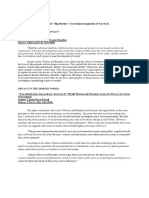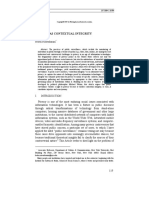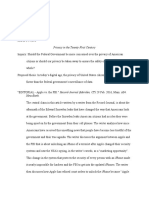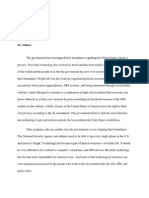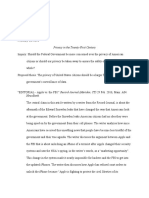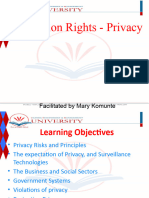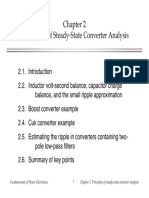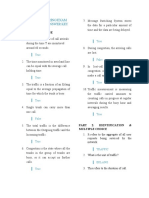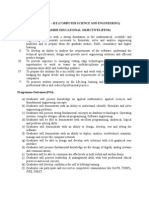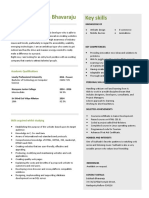0% found this document useful (0 votes)
43 views11 pagesIndex From A Project
Zeynep Tufekci, a professor at Columbia University, wrote an article highlighting how user data is collected by companies without limits, transparency, or consent in ways that circumvent privacy laws. This data is used to promote products and services, control and monitor users, predict behavior, and sell data to third parties. The document discusses how nearly every aspect of modern life, from health monitoring to city infrastructure, generates large amounts of personal data with little regulation of how it is collected and used. It argues that stronger privacy laws are needed to protect individuals from digital surveillance as technology becomes more integrated into everyday life.
Uploaded by
Sofia AntãoCopyright
© © All Rights Reserved
We take content rights seriously. If you suspect this is your content, claim it here.
Available Formats
Download as ODT, PDF, TXT or read online on Scribd
0% found this document useful (0 votes)
43 views11 pagesIndex From A Project
Zeynep Tufekci, a professor at Columbia University, wrote an article highlighting how user data is collected by companies without limits, transparency, or consent in ways that circumvent privacy laws. This data is used to promote products and services, control and monitor users, predict behavior, and sell data to third parties. The document discusses how nearly every aspect of modern life, from health monitoring to city infrastructure, generates large amounts of personal data with little regulation of how it is collected and used. It argues that stronger privacy laws are needed to protect individuals from digital surveillance as technology becomes more integrated into everyday life.
Uploaded by
Sofia AntãoCopyright
© © All Rights Reserved
We take content rights seriously. If you suspect this is your content, claim it here.
Available Formats
Download as ODT, PDF, TXT or read online on Scribd
/ 11



















